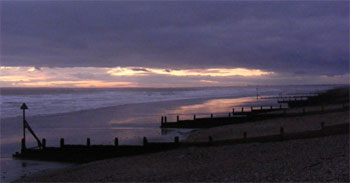 | CdP Yesterday, mid-afternoon, we stepped off a plane at Fiumicino airport after a week in the UK. The sky was cloudless. The thermometer said 15 degrees. For a moment, it didn’t seem possible. Then a wave of relief washed over us: this is what weather is meant to be like, at least from time to wonderful time. There’s something odd about this wood we’re burning. (I’m not, of course, going to blame my own fire-husbanding skills which are absolutely impeccable.) It’s slow to catch in the morning, even if it has been inside warming up for 24 hours. It doesn’t seem to make any embers. And it blackens the glass of the stoves in a terrible way: we spend half an hour every day patiently rubbing wet ash into the glass, gradually peeling the burnt-on soot away. | |||||||
 | ||||||||
 | ||||||||
 | ||||||||